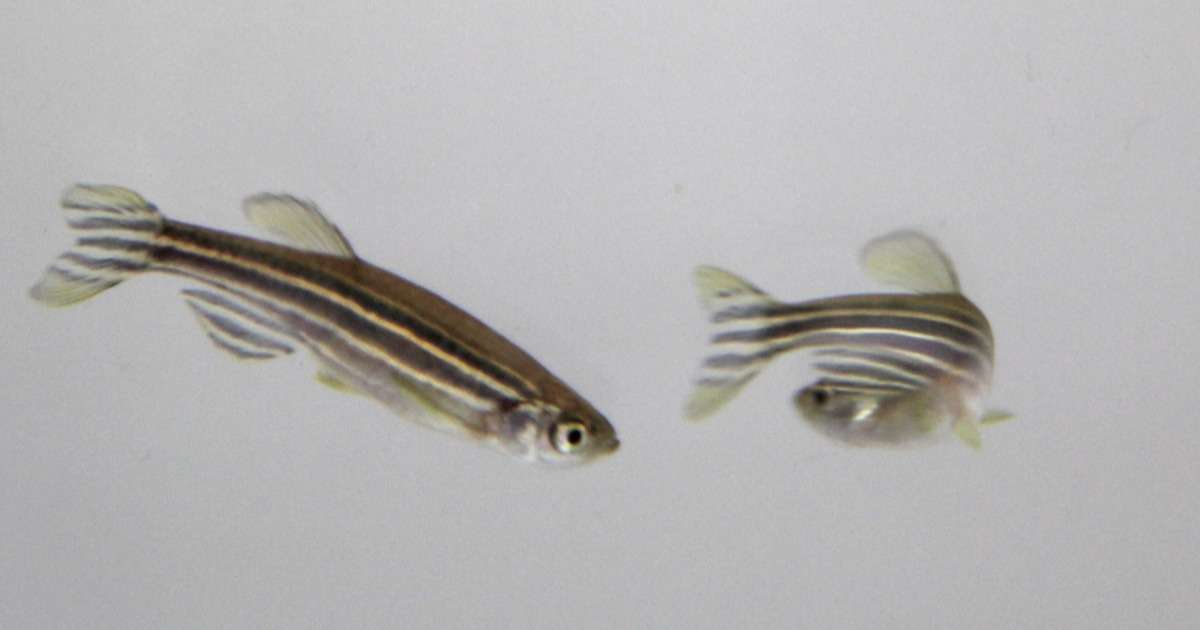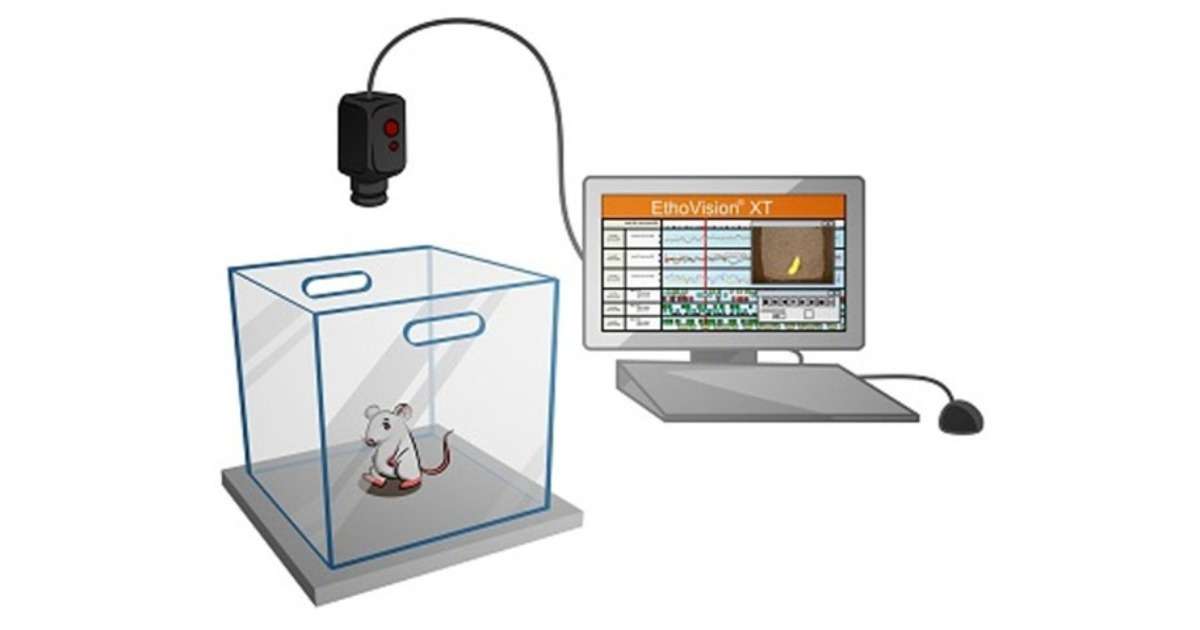
Investigating the relationships between the immune system and the brain
Our research group is investigating the relationships between the immune system and the brain in humans.

The effect of simulation-based obstetric team training
Dr. Truijens describes the positive effects of simulation-based obstetric team training on communication between health care professionals, clear leadership, and more.

Students’ first contact with The Observer XT
Prof. Dr. Stefanski and Dr. Flauger explain why it is important to introduce students to professional software tools at an early stage.

How to use CatWalk XT and Incapacitance Tester in non-clinical pain research
Heta Svard from Orion Pharma studies pain and neurological disorders and resports on recent research.

Assessing motor deficits in mice following traumatic brain injury
Today Marcelle Cline and Donna Cross are so kind to share their insights on testing TBI mice with the CatWalk XT system.

How to use FaceReader in the lab
Are you interested in using automatic facial expression analysis in a standardized lab setting? Here are 5 tips to get you started!

How to measure complex exploratory behavior in larval zebrafish
Behavioral tests as the open field may overlook complex patterns of behavior. Today our guest bloggers explain about a new set-up for zebrafish larvae.

Who is the best product representative?
We all have our favorite celebrities, then there are those we love to hate. Who would you want to pay to represent your product or brand?

Measuring flow
Real time measurement techniques like FaceReader might be the key to measuring flow in real-time.

EthoVision XT and the open field test
Imagine you are dropped in the center of a wide open field. Would you explore the entire area? Or hunker down around the edges, fearing predators and other unknowns?
